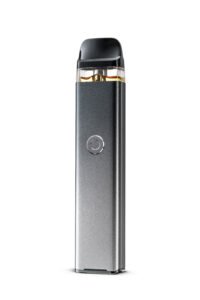White wine remains one of the most popular choices for wine lovers in Ireland and worldwide, prized for its refreshing character and wide range of flavors. When searching for information about “white wine,” one key distinction to understand is the difference between dry and sweet white wines, a topic often misunderstood but essential for anyone curious about wine styles and pairings.
Residual Sugar: The Defining Factor
The core difference between dry and sweet white wine lies in residual sugar, the amount of grape sugar left after fermentation.
- Dry white wines undergo complete fermentation, meaning yeast converts nearly all the sugar into alcohol. These wines typically have less than 4 grams of residual sugar per liter, resulting in a crisp, bright mouthfeel.
- Sweet white wines, on the other hand, retain higher levels of residual sugar. This might happen when fermentation is stopped early or when winemakers use naturally high-sugar grapes. Sweet whites can range from lightly sweet to lush dessert styles, containing above 10 grams (and sometimes much more) of residual sugar per liter.
Taste Profile and Flavors
- Dry white wine is known for citrus, green apple, and herbal notes, with a pronounced acidity that delivers a refreshing experience. Popular dry varieties include Sauvignon Blanc, Pinot Grigio, Chardonnay, and Albariño.
- Sweet white wine feels silky, luscious, and sometimes syrupy. Expect flavors of honey, peach, tropical fruit, or floral aromas, often found in Riesling, Moscato, Sauternes, or late-harvest Chenin Blanc.
Alcohol Content
Because fermentation converts sugar to alcohol, dry white wines generally have a higher alcohol content (12-15% ABV), while sweet white wines often have lower ABV (7-12%) due to retained sugar.
Food Pairing Tips
- Pair dry white wines with seafood, grilled poultry, fresh salads, and tangy cheeses for a crisp complement to lighter dishes.
- Use sweet white wines to balance spicy Asian dishes, rich creamy cheeses, and desserts. Their sweetness is perfect for offsetting heat or enhancing a decadent finish.
Acidity and Mouthfeel
- Dry whites typically offer higher acidity, giving a zesty, clean finish.
- Sweet whites provide a richer, rounder mouthfeel due to residual sugar and lower acidity.
About Box of Wine
Buy Wine Online from Box of Wine, Ireland’s best tailored to your taste wine subscription service. Tailored boutique wine delivered to your door, every month. Next day Wine delivery in Ireland! Also, Selection of Boxed Wine that Delivers Quality.
Conclusion
Understanding the difference between dry and sweet white wine helps wine lovers make better choices for their palate and occasion. By knowing about residual sugar, flavor profile, alcohol levels, and food pairings, it’s easy to select the perfect white wine for any meal or moment.










